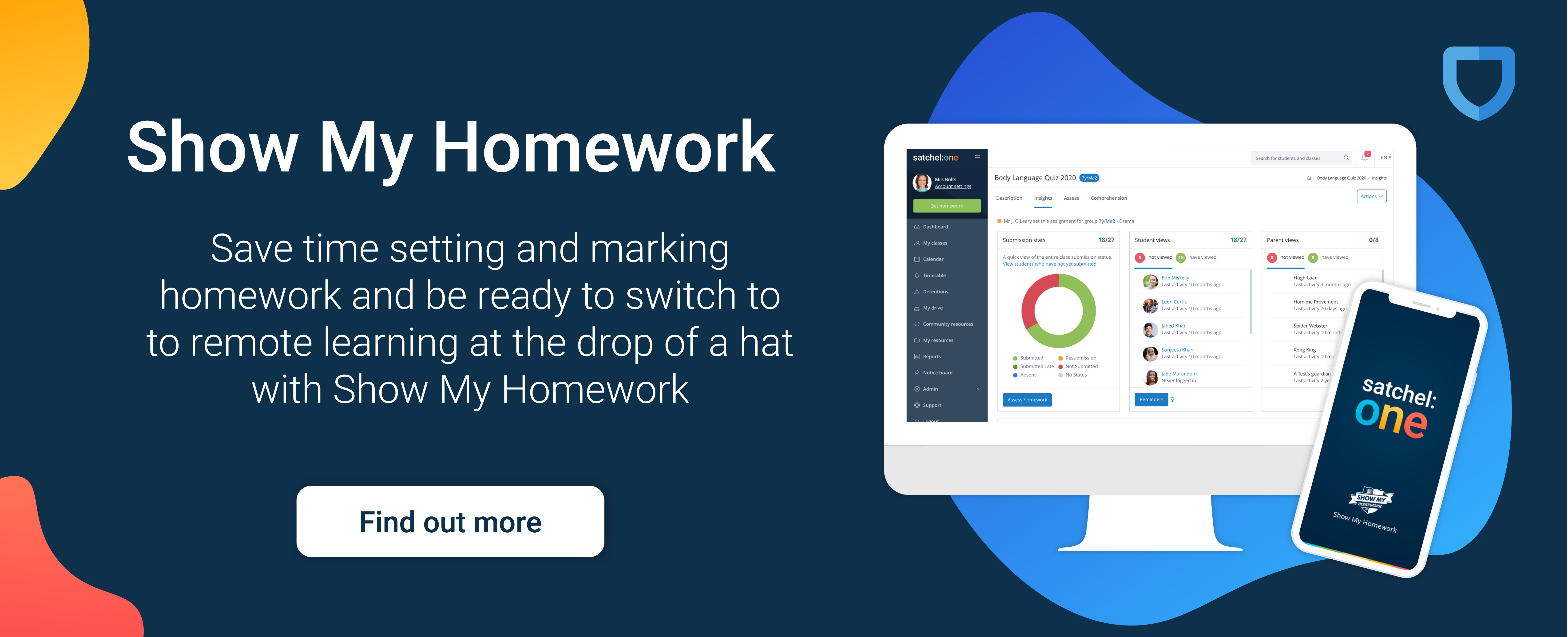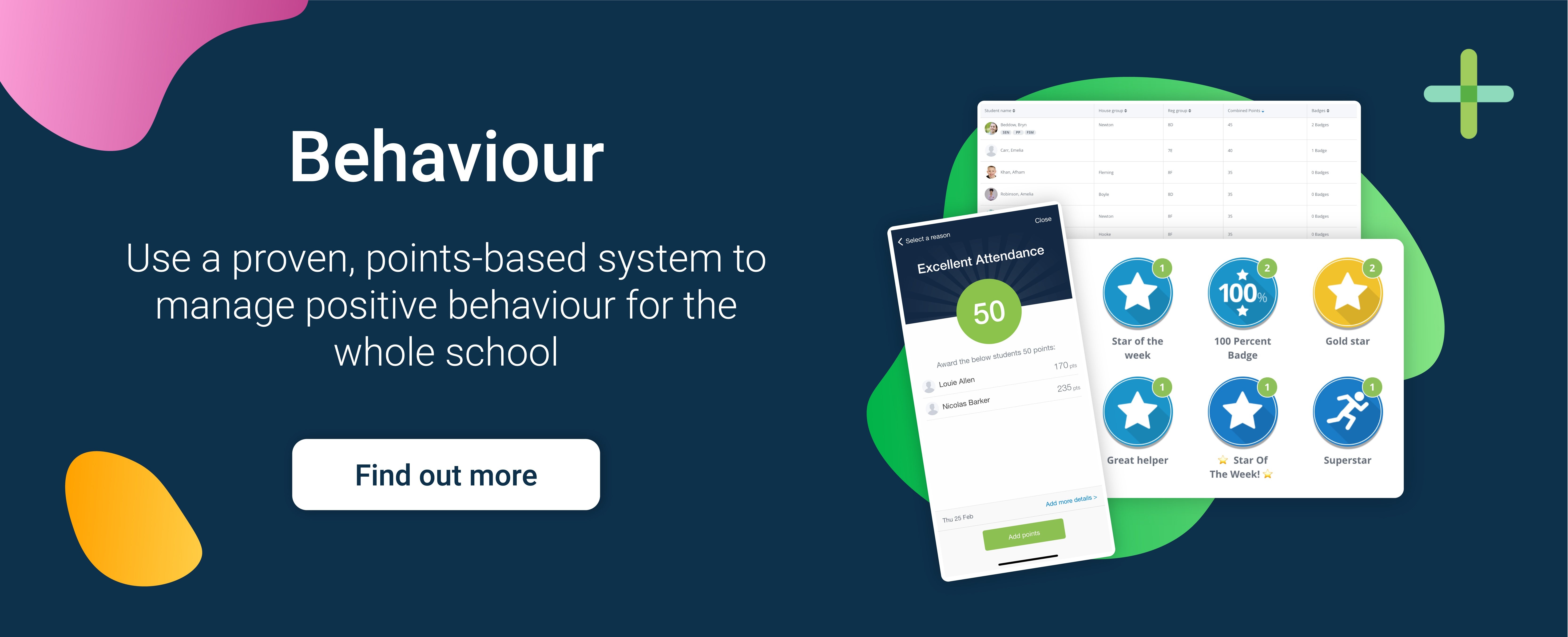Author: Ben Greenwood
Posted: 27 Nov 2020
Estimated time to read: 4 mins
2020 has most likely made all of us question our approaches to teaching. With new protocols to follow, both in school and out, many of you have probably had a moment where you thought to yourself - is this really working?
You may have taken it further, looking into new teaching and learning methods and researching pedagogies to try out in class. If you’re new to pedagogy, watch our video below for a brief introduction.
A report from the NACTA Journal said that, “From a learner-centered teaching perspective, Connectivism provides opportunities for students to make choices about their learning. Connectivism promotes group collaboration and discussion, allowing for different viewpoints and perspectives to aid in problem-solving, decision-making, and making sense of information.”
It’s an approach that many teachers are turning to in classrooms that consist of physically present learners and remote learners, all with greater access to technology than ever before. Could it be a learning theory that finally takes into account students’ untapped access to information, and how to channel this information into constructive learning?
Why Connectivism?
In the world of pedagogy, connectivism is looked upon as something of a mongrel. The creator of the theory, George Siemens, took little bits (or sometimes big chunks) from other key pedagogical theories like constructivism and liberationism. Some pedagogues even argue that it’s too similar to the former to be considered a separate theory at all.
But when you look at the different components of the theory, the incremental differences that separate it from others, you’ll begin to see why connectivism has been touted as the ‘pedagogy of the future.
Network of Knowledge
Much like constructivism, connectivism centres around building on existing knowledge to reach bigger and more complex ideas. But where constructivism layers this knowledge, in a linear manner, repeating the process again and again. It’s essentially like building mental jenga towers of knowledge.
Where connectivism differs is in the network-like knowledge building. As opposed to the jenga tower, where students build on top of existing knowledge, in this theory students connect, what George Siemens called, ‘nodes’ of information together in more of a net-like structure.
Because of this structure, connectivism is perfectly suited to technology in education, especially the internet. The web of information perfectly matches Siemens’ network of knowledge. It also ties in with his ideas around independent, self-led learning that he shares with liberationists.
How can all this work in (and out of) the classroom?
The rise in classroom tech has been meteoric in 2020. As schools pivoted to distance learning overnight, they needed a reliable online learning platform. Any platform that was outdated or couldn’t cope with pressure, fell by the wayside.
Schools are moving toward blended learning strategies that utilise this readily available classroom tech. To make the most of this new technology though, they need to update their teaching methods to something more current.
What will that look like?
Access to technology
Whilst we may be shouting about the possibilities and promise of this new tech, we also need to ensure that it can reach all students. If students don’t have access to the internet at home, they won’t be able to benefit from these techniques.
Whether it means including allowance in the school budget to provide students with remote internet access and a computer to take home, or appealing to the local authority/central government - access to this tech is important for all students.
Blended learning
Connectivist theory centres largely around technology, as well as freedom and the access to information that this affords students. Blended learning balances the emphasis that we put on classroom learning and learning from home. Introducing more home learning is something we had to do involuntarily during school closures, but introducing it when things are back to ‘normal’ could also have it’s benefits.

Giving students more independence and control over their own learning creates an environment that is less teacher led, and more student-centric with a supporting teacher who is there to help in between online learning sessions and in school class work.
Expansive online courses
Massive Open Online Courses (MOOCs), like the ones Siemens championed in the early days of connectivism, put students in complete control of their learning, and even promoted interaction between them to collectively find answers to questions.
A MOOC usually consists of a central online learning resource, such as a webinar or teacher led video, then a dedicated forum consisting of the class students, a library of related resources to use and also access to the internet and it’s ever expanding wealth of information.
Whilst we’re yet to see these in action at school, universities use this teaching method to encourage independent study and the development of individual approaches to learning. Their introduction might not be just around the corner, but as school leaders open up to blended learning, more so than we might have imagined just a year or two ago, it isn’t outlandish to think that MOOCs might be a part of teaching and learning in the near future.
Teachers working from home more
Teachers might have become used to spending more time at home. It became the norm during lockdown. But now, headteachers are looking to make remote working part of the regular working week.
In order to facilitate MOOCs and blended learning, it’s likely that teachers will need to spend a little time outside the classroom preparing online content. This can only be done if enough designated time is given to teachers.
We’ve seen that teachers can teach effectively from home, but creating content for remote learners is another story. It adds significantly to workload, so more time spent outside the classroom, creating high quality content, will be time well spent. We just need to be sure that teachers aren’t stretched too thin - something that the education sector has struggled to do in recent years.



